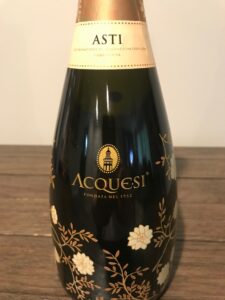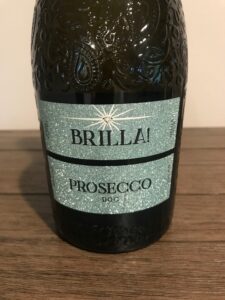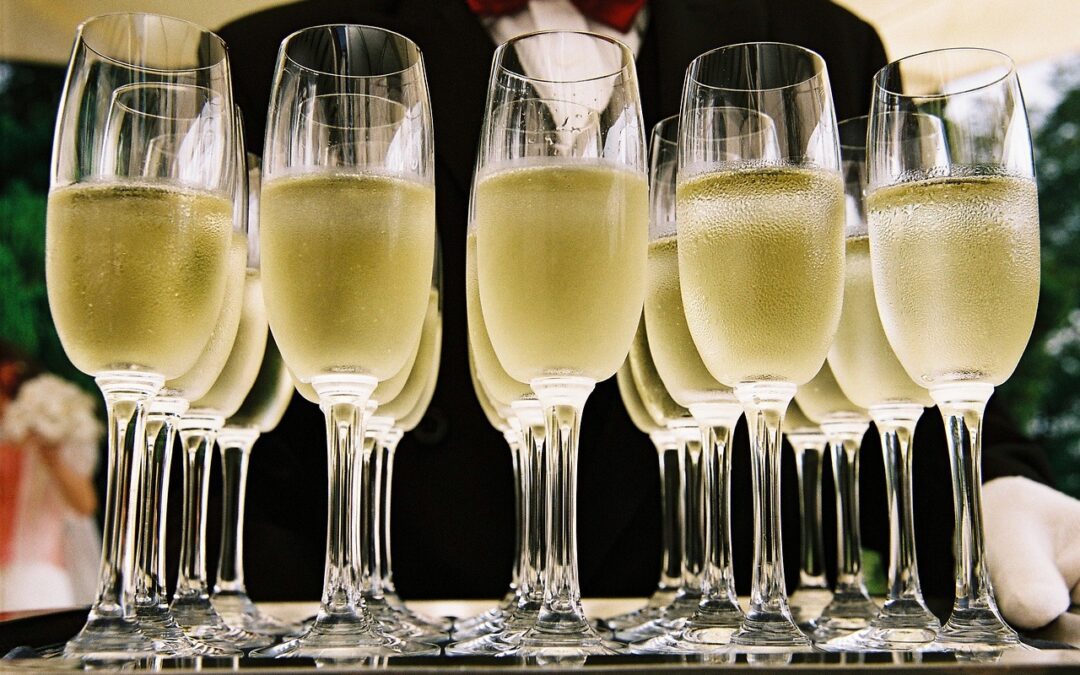By Bob Lipinski
“The effervescence of this fresh wine reveals the true brilliance of the French people.” (Voltaire 1694-1778 [pen name of François Marie Arouet], French writer, philosopher, historian)
Sparkling wines, the most elegant of all alcoholic beverages have for centuries been served to royalty and heads of state, at New Year’s celebrations, weddings, births, and other important occasions. “Bubbly,” as sparkling wine is known, is the most labor-intensive of all wines, yet its prices scarcely reach those of Bordeaux, Burgundy, and other high-priced wines.
The expression, “All that bubbles is not champagne,” might be overplayed, but it is true. Sparkling wines are made throughout the world in nearly every country that produces wine, and they often have a name for their “bubbly.” Some names are Asti, Franciacorta, Prosecco, and Trentodoc (Italy); Cava (Spain); Champagne and Crémant (France), Sekt (Austria and Germany); and U.S. sparkling wines, and many others.
However, the term “champagne” is only given to the sparkling wines made in the Champagne region of France. Sparkling wines made in the U.S. must provide a geographic term such as New York, American, or California before the word “Champagne.”
Sparkling wines are made globally from a multitude of different grapes and grape blends. Sparkling wines can be red, white, or rosé (pink) and dry, off-dry, semisweet, or even sweet. Other label terminology includes Blanc de Blancs (white wine from white grapes) and Blanc de Noirs (white wines from black grapes).
Prices also range from inexpensive to very expensive, sometimes costing hundreds of dollars per bottle.
Some recently tasted sparkling wines that should satisfy anyone’s taste are:
NV Acquesi “Asti” DOCG, Piedmont, Italy. (100% Moscato Bianco grapes; 7% alcohol). White flowers adorn this bottle of Asti. Light straw-yellow with a delicate, musky, and spicy aroma, reminiscent of apricots, lime, orange, and peaches. Also present is a seductive scent of wild honey, wisteria, and sage. It has a long and lingering aftertaste. Serve with a very foamy zabaglione.

Acquesi Asti
NV Brilla Prosecco “Extra Dry” DOC, Veneto, Italy. (100% Glera grapes) The bottle sparkles with its textured glass finish reminiscent of pear-shaped diamonds. It has a fresh fruity aroma of red apples, acacia, lemon, and ginger. Off dry with flavors of tropical fruit, melon, and wildflowers. Excellent with barbecued chicken in a light apricot fruit glaze.

Brilla Prosecco
NV Borrasca Cava “Brut” Spain. (Aged 9 months in the bottle). Crisp and clean aroma and flavor of green apples, pears, and citrus, with a hint of nuts and ginger. Fabulous with fried calamari.
J.J. Vincent “Crémant de Bourgogne,” Burgundy, France: (100% Chardonnay). Tiny pinpoint bubbles give a bouquet of almonds, apples, and pears. It is dry and crisp with spicy apples and hints of ginger and peaches. Raw oysters with a touch of mignonette sauce pairs well.

Crémant de Bourgogne
NV Guido Berlucchi Franciacorta, Rosé, Lombardy, Italy. (60% Pinot Noir/ 40% Chardonnay). Very fruity bouquet; plenty of Pinot Noir berries; good structure; balanced with an aftertaste of cranberries. Try it with smoked salmon on pumpernickel with capers and onions.
Bob Lipinski is the author of 10 books, including “101: Everything You Need To Know About Whiskey” and “Italian Wine & Cheese Made Simple” (available on Amazon.com). He consults and conducts training seminars on Wine, Spirits, and Food and is available for speaking engagements. He can be reached at www.boblipinski.com OR bkjm@hotmail.com


 Bob Lipinski, author of 10 books; writes, consults, and conducts training seminars on Wine, Spirits, and Food and is available for speaking engagements.
Bob Lipinski, author of 10 books; writes, consults, and conducts training seminars on Wine, Spirits, and Food and is available for speaking engagements.
Recent Comments